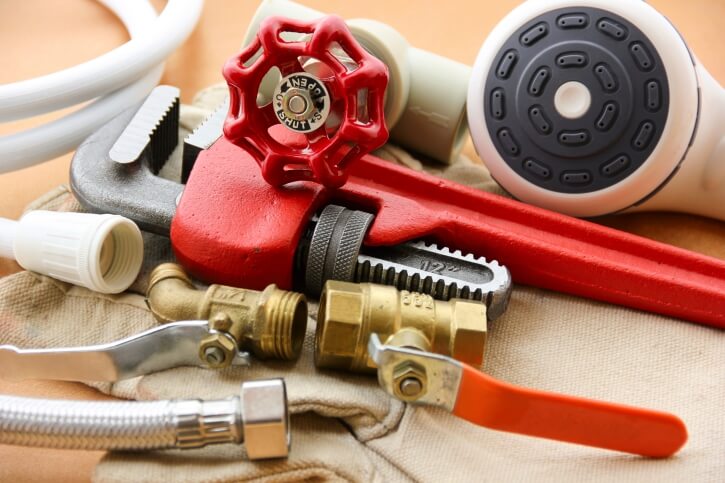Preventative Maintenance Saves Money Part #1
Posted by Andrew Greess on Sep 30, 2014
Harsh chemicals, extreme temperatures, long operating hours and less-then-gentle handling by technicians, age and wear will eventually take their toll on your gear. A good preventative maintenance (PM) program will reduce pest control equipment expenses and employee downtime. For this article, pest equipment means pest spray rigs, B&G sprayers, Birchmeier backpacks.
General guidelines:
- Consult equipment owner’s manuals, or contact your equipment provider for proper operating conditions, maintenance schedules, etc. Lack of proper maintenance can void manufacturer’s warranties.
- Train your staff on the proper use of equipment. Our repair shop finds:
In an effort to get their job done quickly, technicians tend to run motors and pumps too fast, and at too high an operating pressure, which will reduce equipment life.

Technicians do not check equipment before starting it up. Instruct your technicians to check line strainers (filters), belts, hoses, etc. before starting equipment. Teach them to identify problems before they occur.
Train your technicians to report problems instead of just ignoring them. If the pump sounds like it has a problem, it probably does.
- Track damage/repairs/problems by truck, technician and part to identify problems and training opportunities.
- Instruct your equipment provider to install the equipment so that it is easily accessible for maintenance and repairs. If equipment isn’t easy to service, it is less likely to be serviced.
Next, create a Preventative Maintenance program based on your equipment, technicians, use and Organization’s operating philosophy. For example, if maintaining productivity and avoiding cancelled stops are top priorities, your program may call for replacing certain components at specified intervals, rather than replacing worn or failed parts.
